TEMPLE — A mile down a country road wet with spring mud lies a sugar house where Michael Romanyshyn is checking an old milk tank filling up with birch sap.
The machinery makes a rhythmic pumping noise as it carries sap up to the house from the birch grove in the woods below. The steam from nearby evaporators and a finishing tank, where the sap is simmered (not boiled) into syrup, thickens the air with a scent that evokes molasses.
“This is the sap coming in from the woods,” Romanyshyn said as he grabbed a clean glass mug for sampling. “You want to taste a little bit?”
This is nearly midseason sap – the birch syrup season typically begins right after maple season and lasts about three weeks, if you’re lucky – and it tastes like slightly sweetened water. Next came a taste of the syrup in progress. It was surprisingly complex and bright, with strong notes of citrus and earthy undertones.
Birch sap and birch syrup are starting to show up in cookbooks, in artisanal products and on menus at trendy restaurants. Its potential for growth in the Northeast is “very substantial,” according to Abby van den Berg of the University of Vermont’s Proctor Maple Research Center.
The Romanyshyns have sold some of their syrup to a Massachusetts chocolatier, who plans to make birch truffles. Here in Maine, they’ve sold the stuff to North Spore, a Portland-area mushroom company, for the development of Birch Bitters, which will be made from the syrup and chaga mushrooms.
David Levi, chef/owner of Vinland, once obtained several gallons from a friend on Peaks Island and used it in a few dishes at his restaurant, while Hugo’s once served birch sap tapped by former owner Rob Evans from trees on his own property. The birch sap, served with birch ice, had “a hint of sweetness, but a little bit of earthiness,” said Arlin Smith, one of the restaurant’s current owners, who used to work for Evans. “It was beautiful and cold and clean.” The restaurant stopped serving it because it couldn’t find a consistent supply.
That may change in the next few years.
PIONEER FAMILY
Romanyshyn, his wife, Susie Dennison, and two sons call themselves the Temple Tappers, and they are the first commercial makers of birch syrup in Maine. Birch sap has traditionally been collected in the forests of Scandinavia, Eastern Europe and Asia and sold as a drink, according to van den Berg, who has been researching the viability of birch syrup production in the Northeast. In North America, most birch syrup is produced in Alaska and Canada.
Van den Berg says there’s no data on the number of people in the Northeast who are gathering sap and making birch syrup now, but she believes it has increased substantially since she first started researching the topic a few years ago.
“You have lots of the resource, especially there in Maine – lots of birch forest – and because this is something that can be picked up by maple producers that use very similar equipment there’s really very high potential for birch syrup and sap production to grow in the Northeast.”
About 30 producers from the Northeast attended the first International Birch Sap and Syrup Conference held in upstate New York last June. (The Temple Tappers’ first-run syrup took first prize in a tasting contest at the conference, beating out even Alaska’s largest birch syrup producer.)
In maple trees, the natural vacuum that’s needed to make sap flow occurs in the branches; in birches, that pressure is thought to be generated in the tree’s roots. For a sap run, birch needs daytime temperatures in the 40s and 50s, and nighttime temperatures in the 30s. Once temperatures start regularly hitting the high 50s and 60s, the sap gets cloudy and it’s spoiled. Romanyshyn said you can tell when the season is over because the sap starts running a reddish color.
The Romanyshyn family makes maple syrup, too, but just enough for their own use. They started tapping birch trees a few years ago when they were looking for something they could do “from the land” that would help them stay on their homestead. The family lives in Dennison’s childhood home, perched on a hill with a stunning view of Mount Blue. (Her father was novelist and short story writer George Dennison, best known for “The Lives of Children,” a best-seller that documented the education of poor children on the Lower East Side of Manhattan in the late 1960s.) A small stream runs from a large pond on the property and flows through the birch grove they tap for syrup.
When a friend gave Michael Romanyshyn a copy of a New Hampshire study on birch, he went right out and tapped a few trees, mostly white birch. Today the forest is interlaced with so much tubing it resembles a blue spider’s web. Last year, the family made about 30 gallons of birch syrup. This year, they tapped 900 birch trees and hope to make 50 gallons.
It takes 40-50 gallons of maple sap to make a gallon of maple syrup. Birch sap contains half the sugar of maple sap, so it takes twice as much – about 110 gallons – to make a gallon of birch syrup.
“The biggest producers in Alaska…they might have 10,000 or 12,000 taps, but they’re only making a few hundred gallons,” Romanyshyn said. “And that’s why it’s so expensive. Every gallon is very precious.”
Van den Berg’s 2013 study estimated that a birch syrup producer with 400 taps would need to charge $170.20 a gallon just to break even. The Temple Tappers charge $3.75 an ounce – it’d work out to more than $475 a gallon – but they aren’t yet profitable because they haven’t paid off the investment they’ve made in equipment.
Last year, the family sold out of syrup quickly by offering it at local stores and the Common Ground Fair in Unity, where they handed out 5,000 samples. This year, they also plan to sell online.
MAPLE IS SO LAST SEASON
Since maple producers already have the equipment, and birch sap starts flowing just as maple season is ending, many of them are considering making birch syrup for extra income, van den Berg said.
Kevin Grant has been making birch syrup since 2003 for his family’s use. At their 64-acre homestead in Ripley, Grant taps a dozen or so birch trees every other year, and they make the syrup in a big pan on top of the wood stove. “My wife, Nancy, can’t have refined sugar, so we look for other things to do,” Grant said. “We have honey bees, and we tap the maple trees.”
Grant describes the taste as “similar to molasses.” Others compare it to butterscotch, and chef Levi describes its flavor as “more bitter and complex” than maple syrup. Grant’s wife makes baked beans with birch syrup, and he uses it to make beer and wine. Van den Berg drizzles it on roasted vegetables, and enjoys it in sauces and baked into bread. But the one thing birch syrup shouldn’t be wasted on, Grant and others say, is pancakes.
Tyler Kirkmann disagrees. He has developed a lighter, pancake-style birch syrup that can also be used on ice cream.
Kirkmann, an engineer who lives on 33 birch-covered acres in Brewer, has been making birch syrup for three years and is now selling it ($25 for an 8-ounce bottle) through eBay and his Etsy.com shop, “The Kirkmann Homestead.”
“I tapped maple trees as a kid growing up in Maine,” he said. “I read about people making (birch syrup) in Alaska, and I thought I would try it out.”
Birch syrup, he discovered, is more difficult to make than maple syrup because it has different sugars in it that scorch more easily.
Romanyshyn doesn’t like it when people compare the taste of birch syrup to molasses because “molasses takes over whatever you use it on,” he said. “Birch has a lot more subtlety to it.”
The Temple Tappers label describes the taste as “woodsy” and warns: “Some people love it, some don’t.”
FEEDING THE CRAVING FOR LOCAL
“You know what it’s really good on? Vanilla ice cream,” Dennison said Friday as she prepared a lunch that featured birch syrup in several ways: salmon brushed with birch syrup glaze, salad with birch syrup dressing, and pound cake that the couple’s 12-year-old son Auley iced with creamy birch frosting. Depending on its use, the syrup’s character changed.
No matter how you serve it, birch sap and birch syrup are poised for growth.
“Around the country there is a huge movement to use and produce more local food,” van den Berg said, “and this is just adding yet another really great ingredient to the suite of local foods that are available.”
Copy the Story LinkSend questions/comments to the editors.


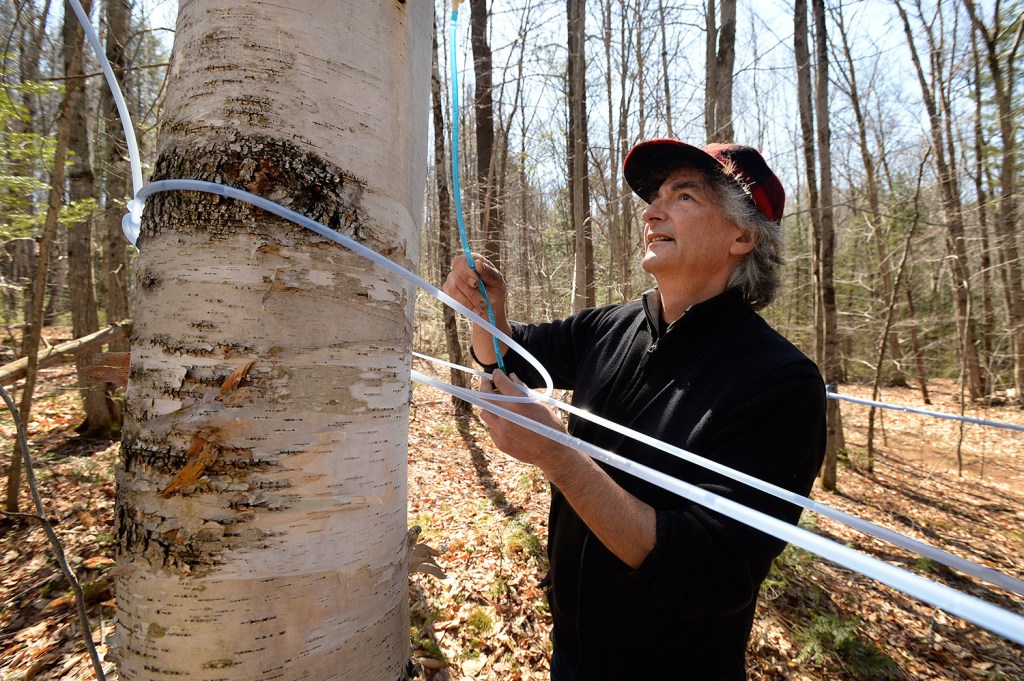
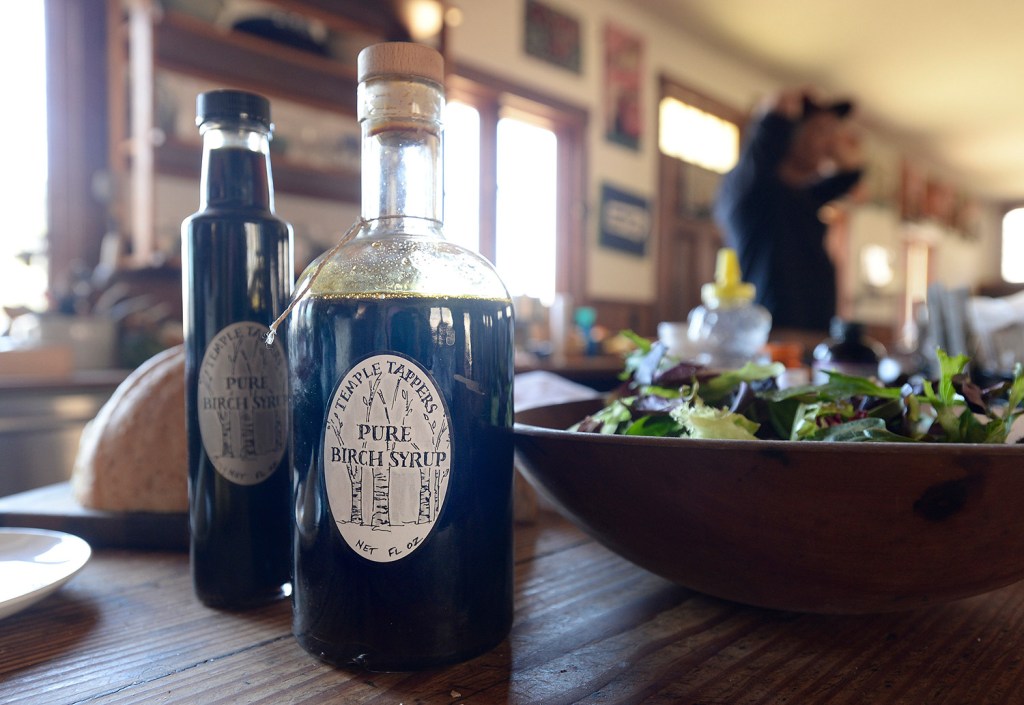
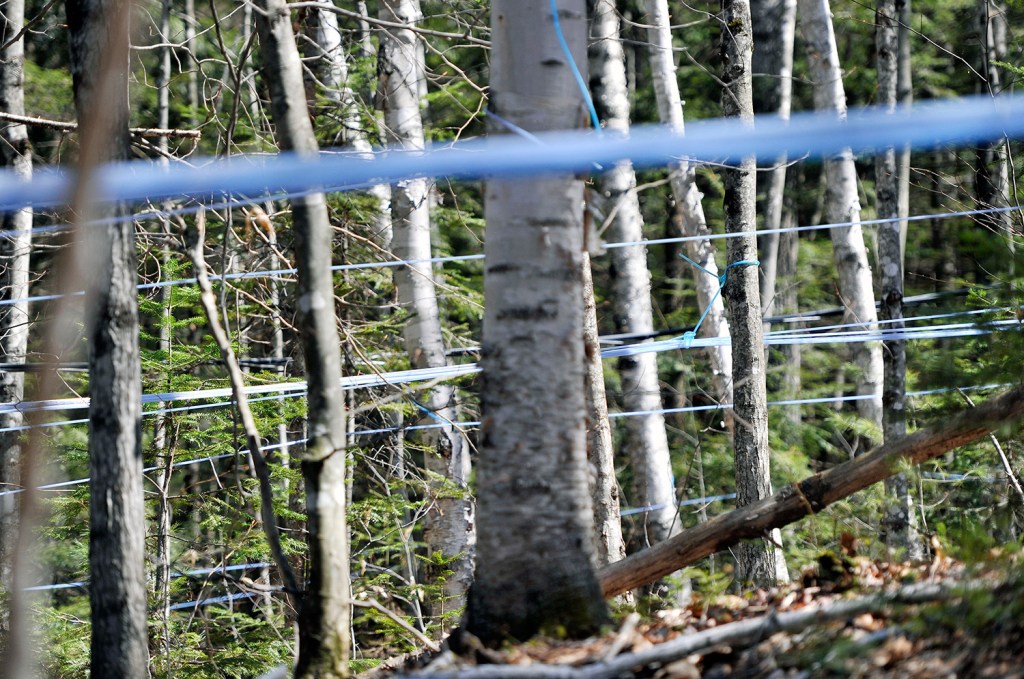
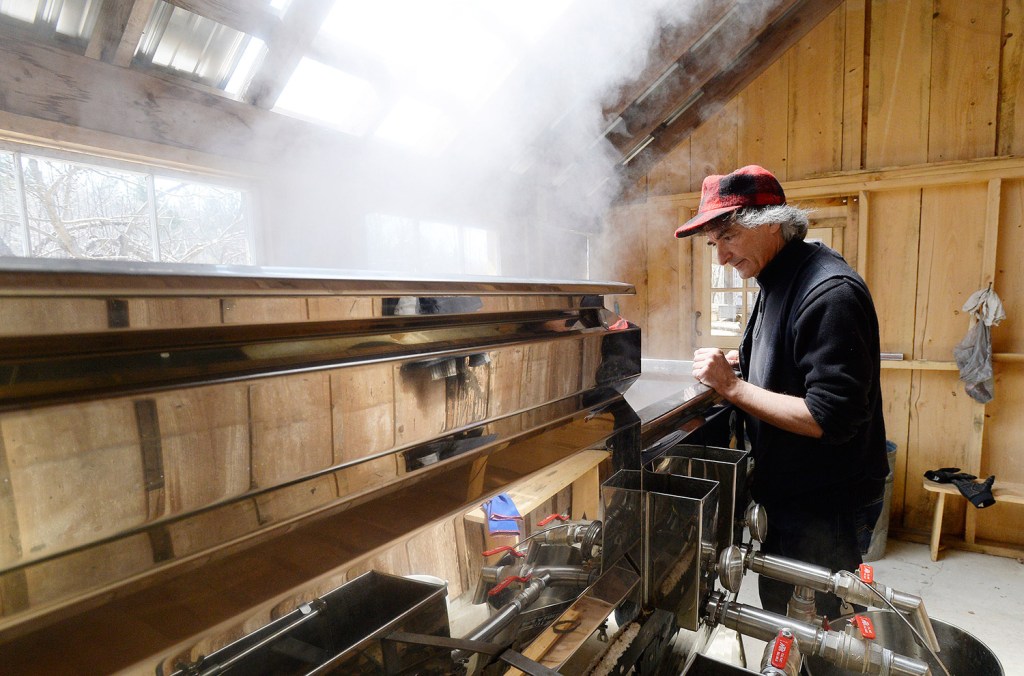
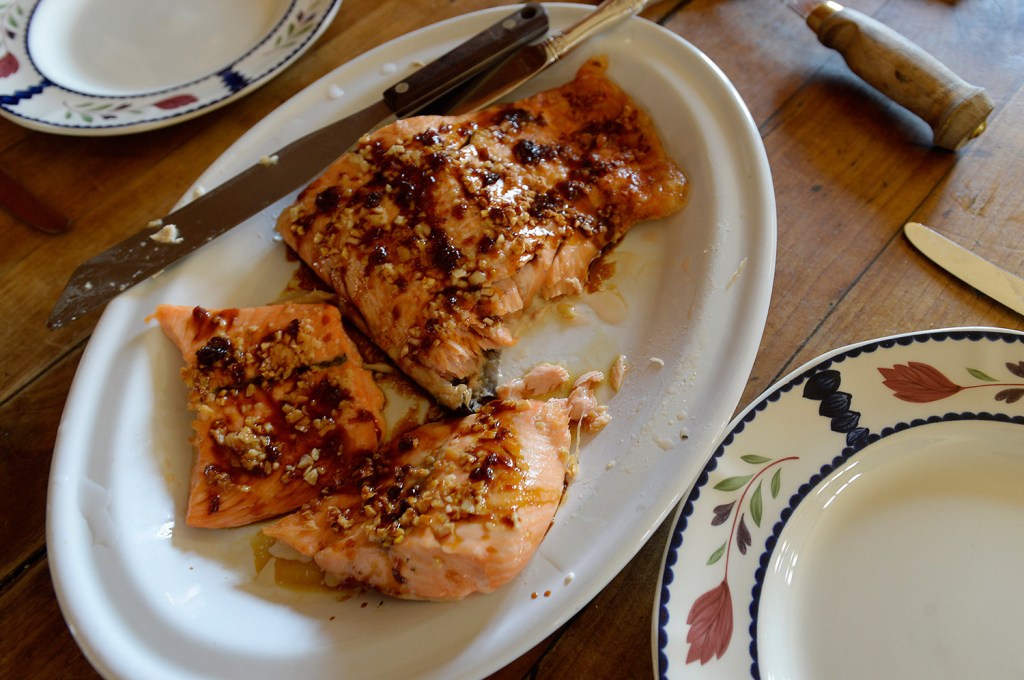
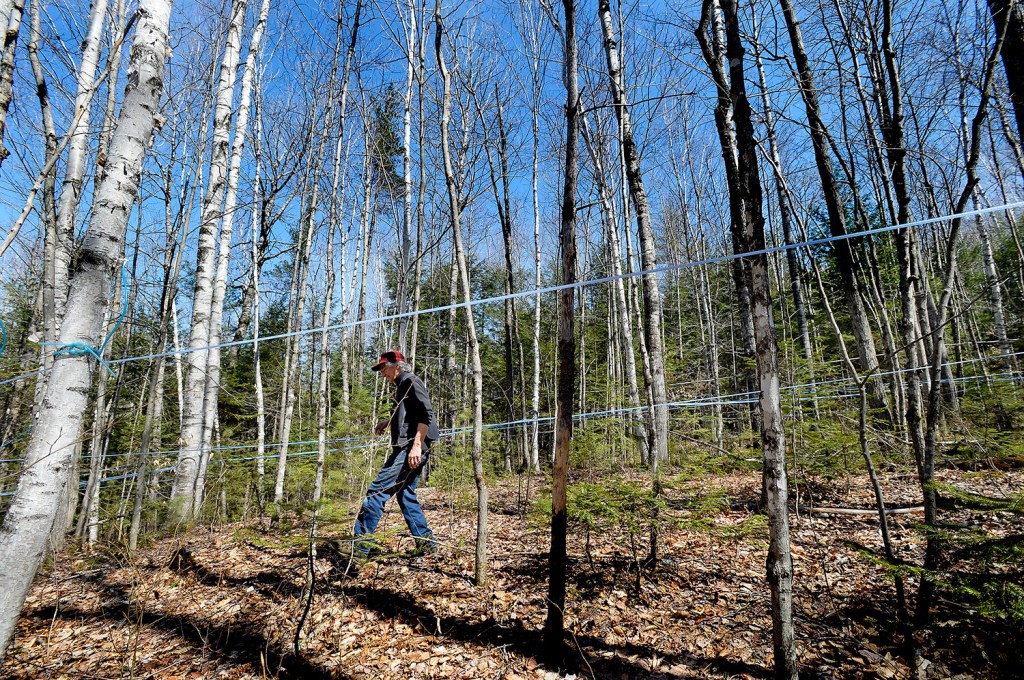
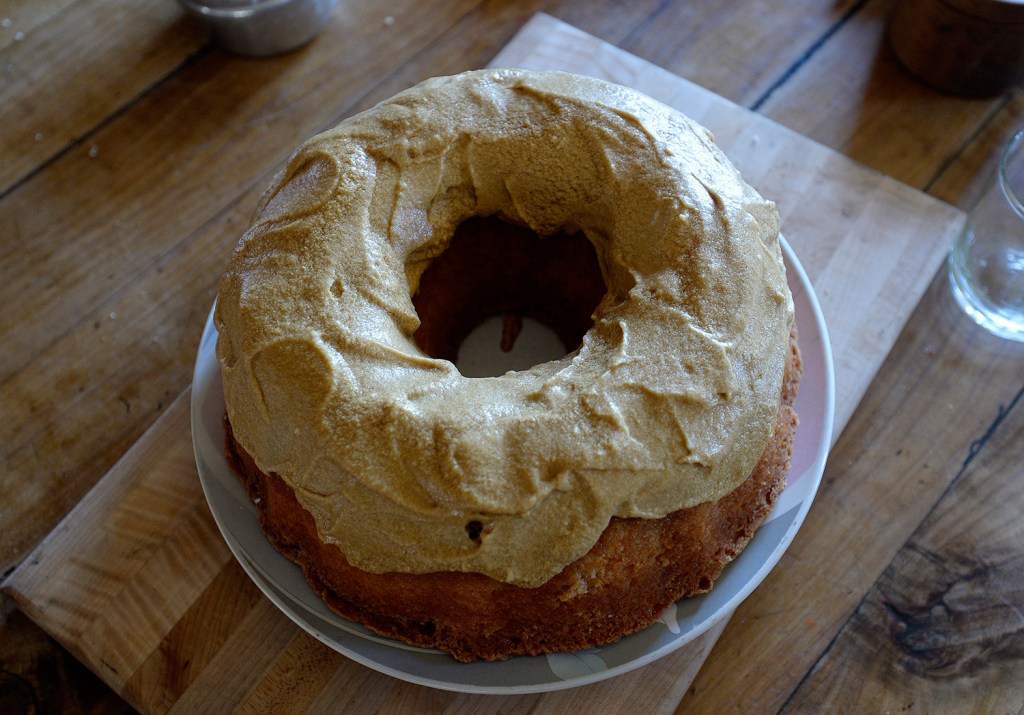
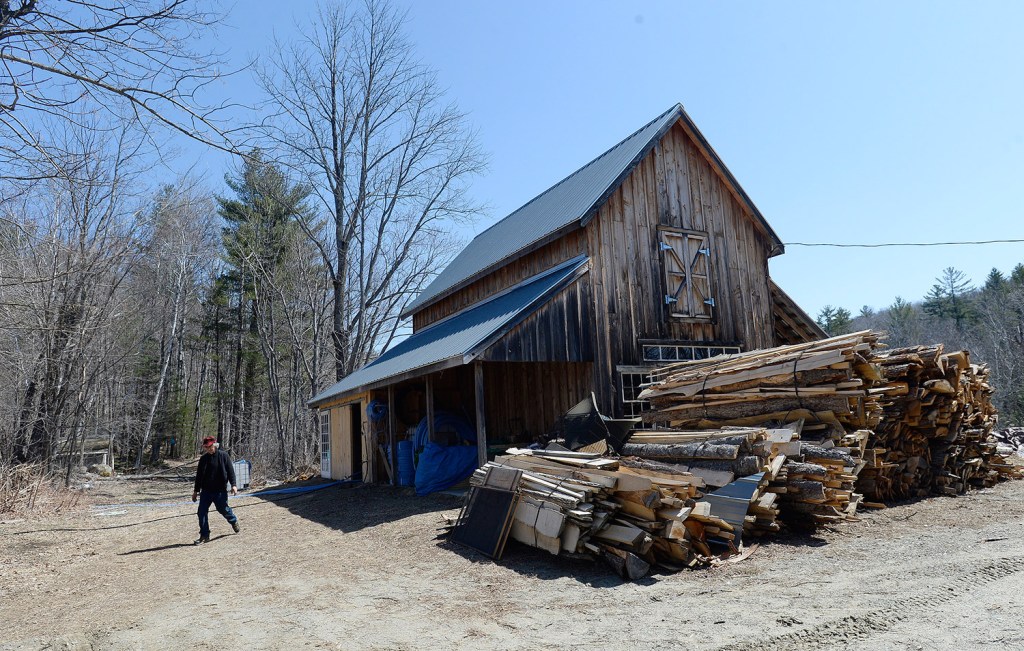

Success. Please wait for the page to reload. If the page does not reload within 5 seconds, please refresh the page.
Enter your email and password to access comments.
Hi, to comment on stories you must . This profile is in addition to your subscription and website login.
Already have a commenting profile? .
Invalid username/password.
Please check your email to confirm and complete your registration.
Only subscribers are eligible to post comments. Please subscribe or login first for digital access. Here’s why.
Use the form below to reset your password. When you've submitted your account email, we will send an email with a reset code.